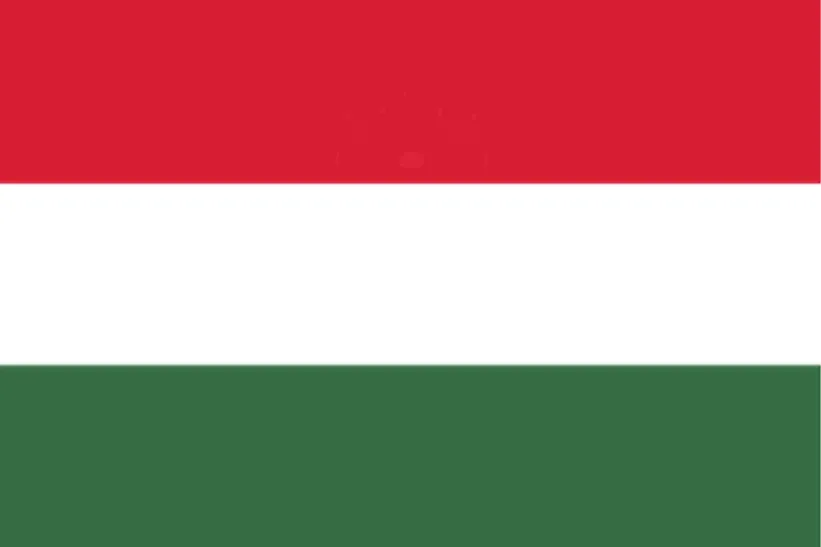
ハンガリー
| 大陸 | ヨーロッパ |
| 資本金 | ブダペスト |
| 人口 | 9,874,784 |
| GDP | $268億円 |
| 一人当たりGDP | $27,200 |
| ダイヤルコード | +36 |
| ISOコード(2文字) | HU |
| ISOコード(3文字) | フン |
ハンガリーの風景






ハンガリーについて
千年の伝統と現代の革新が見事に融合した国、ハンガリーへようこそ。人口約970万人、面積93,030平方キロメートルのハンガリーは、豊かな文化遺産と温泉、中央ヨーロッパ特有の魅力を兼ね備えています。
地理的特徴と自然の美しさ
ハンガリーの地形は、ヨーロッパ最大の自然草原であるハンガリー大平原(Alföld)と、トランスダヌビアのなだらかな丘陵地帯が特徴である。ヨーロッパ最大の温泉システムにも恵まれ、数多くの温泉街やウェルネスセンターを支えている。
中央ヨーロッパ最大の淡水湖であるバラトン湖は、しばしば "ハンガリーの海 "と呼ばれる。ドナウ川とティッサ川は肥沃な渓谷を作り出し、ハンガリーの地形を形作っている。ホルトバージ国立公園には伝統的な牧歌的風景が残されている。
保護地域には、広大な洞窟システムで知られるユネスコ世界遺産のアグテレク・カルスト地域や、独特のアルカリ湖と草原を保護するキスクンサーク国立公園などがある。この国の穏やかな大陸性気候は、多様な生態系と農業生産を支えている。
文化遺産と伝統
ハンガリーの文化は、東洋と西洋の影響がユニークに融合したもので、言語、音楽、芸術に反映されている。ハンガリーの民族的な伝統、特に音楽と舞踊は、地域ごとに生き生きとしたバリエーションを保っている。
伝統芸術には、ユネスコに認定されている独特のマチュー民芸品や、古くから伝わるハンガリー刺繍がある。音楽は民俗音楽からバルトークやコダーイのクラシックまで幅広く、ハンガリー料理はパプリカを使った複雑な味で有名だ。
トカイ地方を中心としたワイン造りの伝統は、世界的に有名な甘口ワインを生み出している。伝統的なお祭りでは、一年を通して歴史的な出来事や季節の移り変わり、文化遺産を祝う。
歴史の旅
ハンガリーの歴史は、895年のマジャール族の到来から、中世のハンガリー王国を経て、ヨーロッパの近代国家としての現在に至る。オスマントルコの拡大に対する抵抗から1956年の革命まで、ヨーロッパの歴史において重要な役割を果たした国である。
重要な時代には、キリスト教王国を築いたステファン1世の治世、マティアス王のルネサンス時代、オーストリア=ハンガリー帝国時代などがある。近年の歴史としては、1989年の共産主義から民主主義への移行が挙げられる。
現代の経済状況
今日のハンガリー経済は、農業や製造業といった伝統的な強みと、情報技術や自動車生産といった成長分野を兼ね備えている。ハンガリーはヨーロッパの製造業と物流の重要な拠点となっている。
最近の発展は、特にITとバイオテクノロジーを中心とした技術革新に集中している。ハンガリーの戦略的立地と熟練した労働力が、魅力的な投資先としての地位を支えている。
国際関係とグローバルポジション
ハンガリーは欧州連合(EU)と北大西洋条約機構(NATO)に積極的に参加する一方、ヴィシェグラード・グループを通じて地域協力を促進している。ハンガリーはヨーロッパの中心に位置しているため、ヨーロッパ貿易と文化交流の重要な交差点となっている。
ご存知でしたか?
- ハンガリーには、1896年にブダペストで建設された世界最古の地下鉄がある。
- この国にはヨーロッパ最大の温泉洞窟があるのか?
- ボールペン、ホログラフィー、ルービックキューブの開発に貢献したハンガリーの発明家たち?
- ハンガリー語はフィン・ウゴル語族に属し、ヨーロッパではユニークな言語である。
結論
ハンガリーは、中央ヨーロッパにおける歴史的遺産と近代的発展の魅力的な融合を象徴しています。温泉から豊かな文化的伝統、建築遺産から技術革新まで、ハンガリーは独自のアイデンティティを保ちながら進化し続けています。ハンガリーは、現代的な課題とチャンスに取り組みながら、未来の可能性を受け入れつつ、文化遺産の保護に尽力しています。